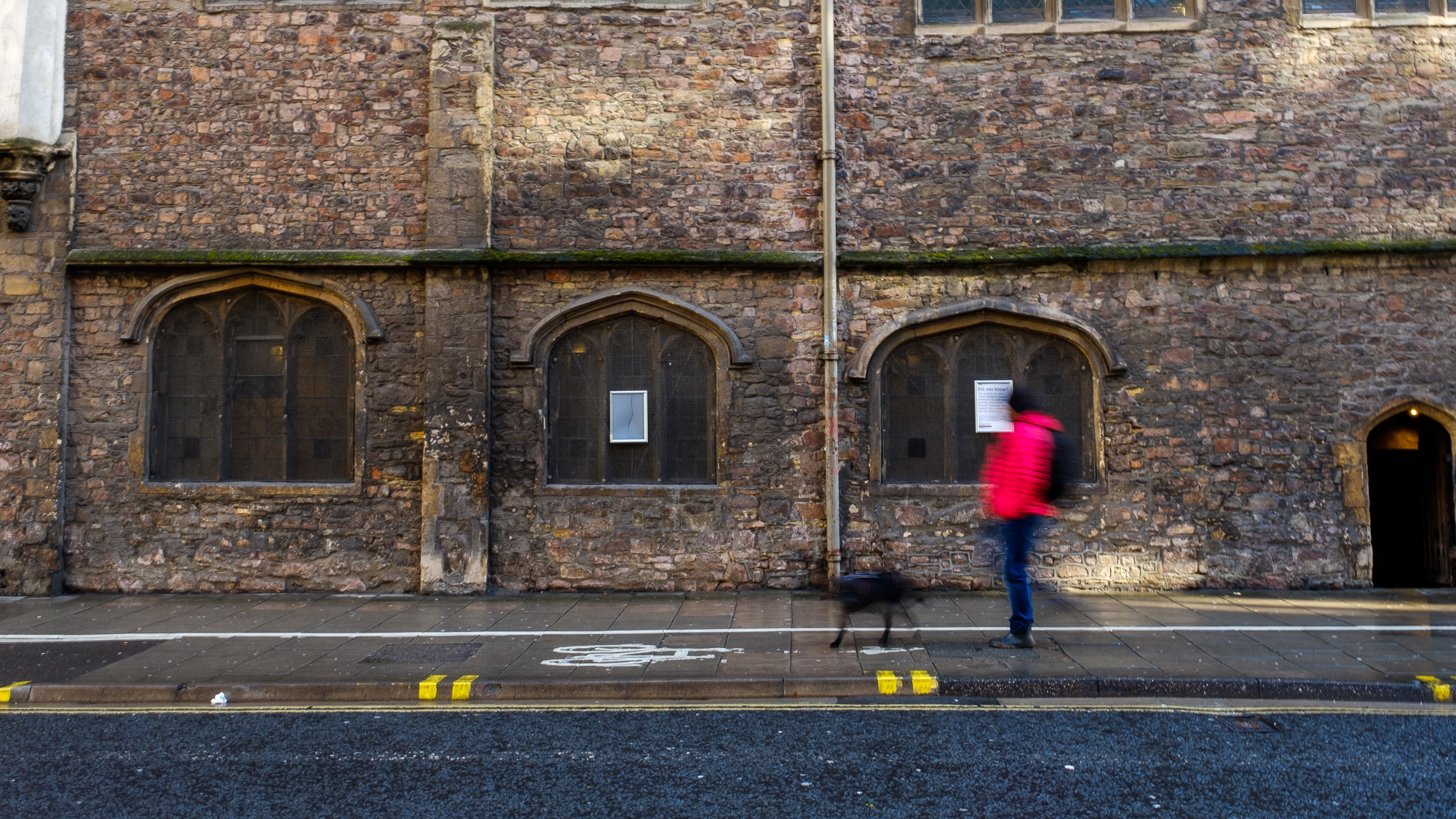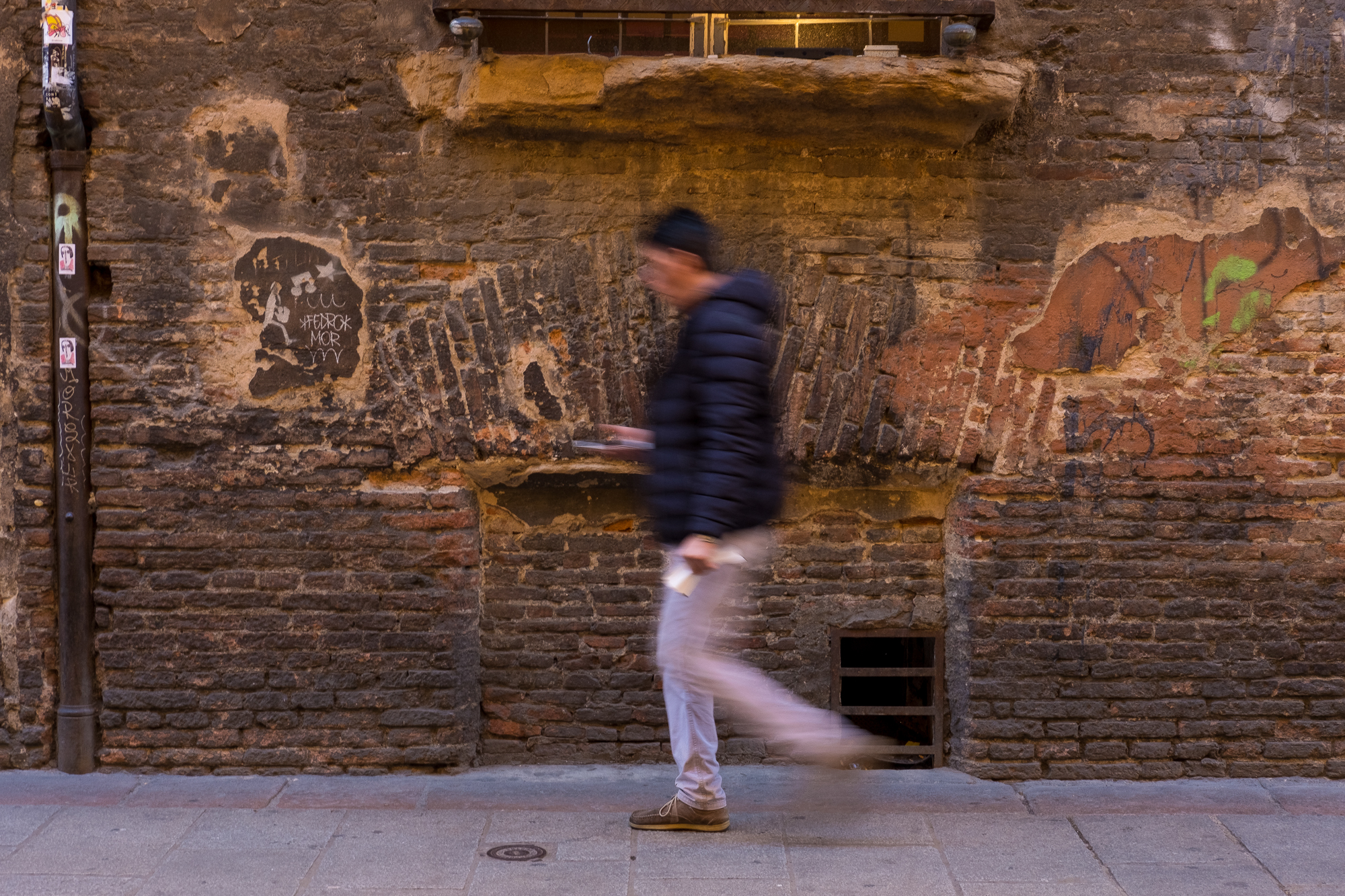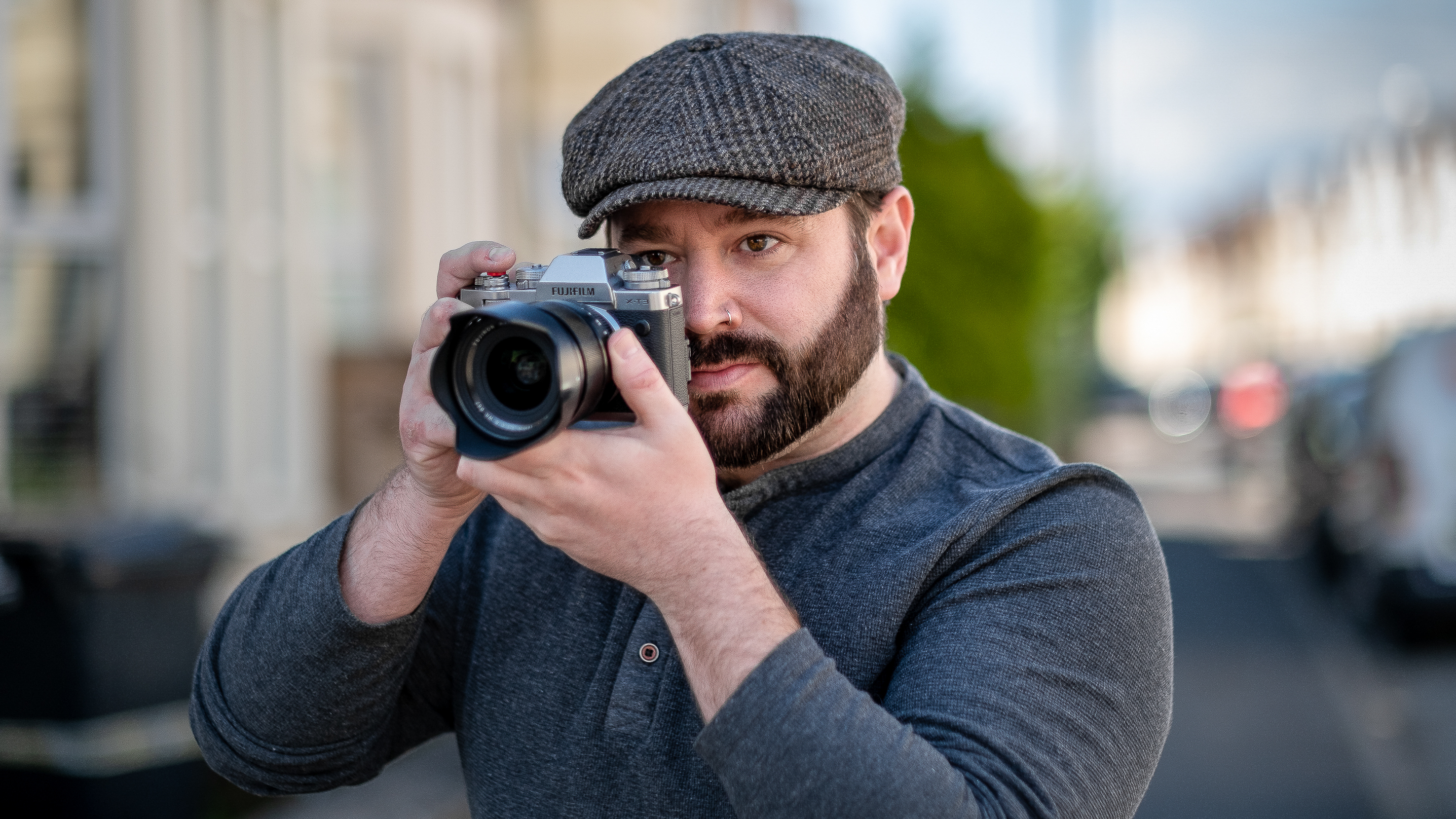Get creative with your street photography – see how slow you can go!
Alistair Campbell shoots with a slower shutter speed to change up his street photography

For the most part, my camera settings for street photography remain pretty similar. I shoot wide open, leave my ISO around 1000, and use the highest shutter speeds that my camera is capable of.
You can quickly become bored of your own work and style, though, so sometimes you need to freshen things up. If I get jaded, I can try a number of options to get me out of the rut: I’ll switch to another lens, pop on a filter, or try to shoot left-handed.
• Read more: Best camera for street photography
One of the aesthetics that gives me an entirely different look is to shoot using the variable shutter speeds that I’d never typically use day to day. When we talk of slower shutter speeds, I tend to think of anything slower than about 1/30 sec; this is usually when you start to see some motion blur in your images (depending on the speed of the subject).
Personally, I’ve found that around 1/4 sec is the sweet spot for me – it’s enough that you can just make out the subject, but also abstract enough to give it a new feel.
You can either shoot in shutter priority or take care of everything yourself. If you’re comfortable shooting manually, you can place a reasonable bet on having a low ISO of around 100-200 and leaving it, then set your shutter speed to 1/4 sec; that just leaves you to change the aperture accordingly as you move from place to place.
If your camera or lens has an image stabilization option, it’s best to turn this on to keep the static areas of your shot sharp. Shooting at lower shutter speeds can be difficult, so shore yourself up however you can; sometimes you can find a wall or bench to lean on, and you can try holding your breath as you release the shutter.
The best camera deals, reviews, product advice, and unmissable photography news, direct to your inbox!
Bicycles are a great place to start as a subject for capturing images at slower shutter speeds – unless they're being ridden by Lance Armstrong, of course, but even then you’ll probably pick up a fun shot here and there.
You can fill your frame with the subject, as I have done above. It will likely give you a few more details of the planted foot or other static areas; in this case the gentleman can be seen looking at his phone as he scoots on by.
In the below image I found myself presented with a scenario where all the people were static, and the blurred movement came from the subway carriage in the background as it pulled into the station.
For this final image below, I took a slightly different approach and carried on walking as I pressed the shutter – which as you see produces a completely unique result.
In fact, it was an accident! I had been shooting slow shutter speeds just beforehand, and forgot to revert my settings. However, it was a happy accident that created an interesting effect – and it's one that can be used anywhere.
Read more:
The best lenses for street photography
14 street photography tips
Best books on street photography
Alistair is the Features Editor of Digital Camera magazine, and has worked as a professional photographer and video producer.





